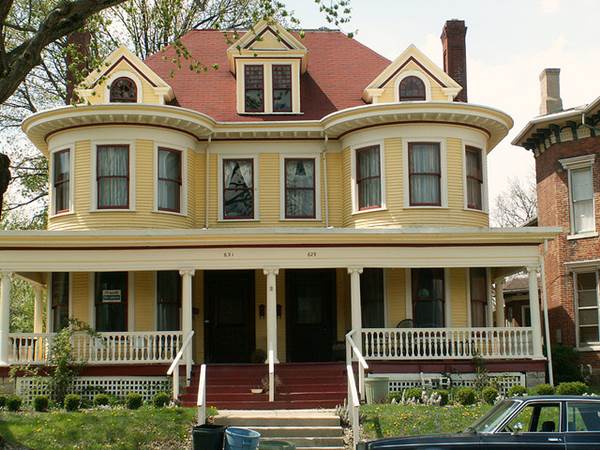 Paintwork on a Victorian House in Springfield, Ohio, USA – Photo Courtesy: Cindy Funk
Paintwork on a Victorian House in Springfield, Ohio, USA – Photo Courtesy: Cindy Funk
Most home owners today know that painting their house is probably the most inexpensive way in which they can turn their house from boring to exciting. It helps to increase the cosmetic value of your house, and refreshes the look. However, many of the house owners are still reluctant to start the project, as it’s intimidating and can be extremely confusing to go about it. They are worried if they are selecting the right shades from the vast array of colours available. For some people, it’s a case if there are so many choices, they will find something they like while for others, it is too much to choose from.
In this latter case, the best thing is to check in for some advice with experts who can guide you. A number of stores have in-house experts who can guide you through the process of choosing the right paint. This helps not only in deciding the shade of colour to choose, but also the type of paint you need to select.
Here are some common problems with paint solutions you can keep in mind:
Blisters forming in the paint
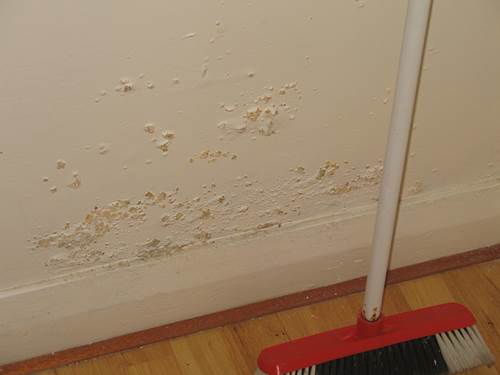
As the name suggests, this form of damage looks exactly like blisters on your paint. Paint will swell from the surface generally as a result of bad painting or moisture. To get rid of the blisters and fix it, you need to first scrape off the blisters. If there is dry wood behind it, then the blisters are due to moisture. If there is paint behind it, then it is what is referred to as a solvent blister. This happens if you paint in hot weather with oil based or alkyd based coating. The heat causes a skin to form on the paint and this holds the solvent in a bubble.
Mildew
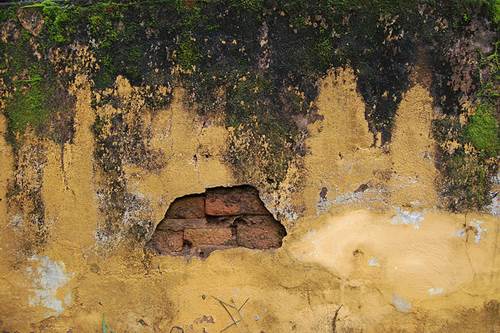
Now this is a problem that occurs when fungal growth starts occurring on your paintwork, especially in areas which are damp and dark. Painting over the fungal growth will not solve the problem; it will only grow through the fresh coat of paint. It is best to use a chlorine bleach based fungicide or check in with your DIY store for a commercial solution.
Cleaning dirty walls
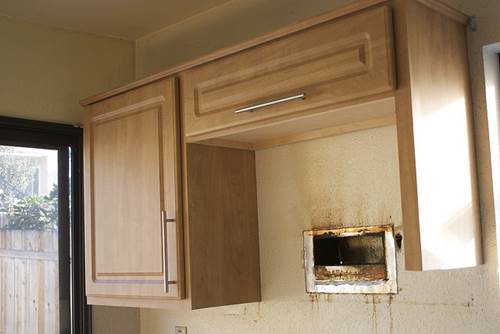
Walls of rooms like your attic, or basement gather a lot of dust over time and the kitchen walls might get splattered with greasy stuff too. When you are looking to paint it to refresh the room, remember to clean first. A number of DIY paint projects end up with unsatisfied results as the walls are still dirty before new paint is applied. Either wash the walls with warm soapy water, or use a solution of TSP if the wall is extremely dirty.
Choosing the colour
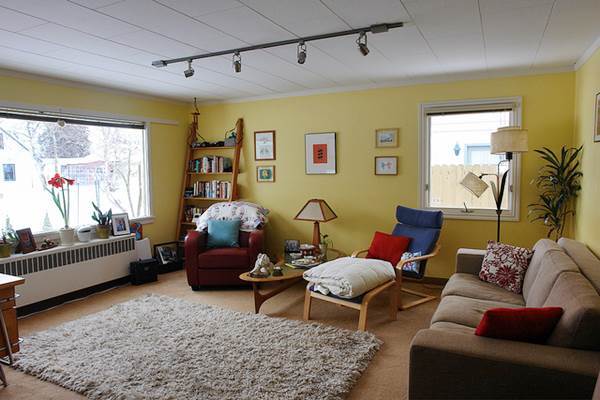 “A brighter outlook just in time for spring” – Mazaletel repainted the living room in her home in Anchorage, Alaska, USA. She says,”The color is nice and bright and makes the room feel larger. Also, the new arrangement really opens the room up when you come into it from the kitchen. With the new paint, we also decided to change up the art work on the walls and bring out some art we had in our bedroom and the back of the house.” Photo Courtesy: Mazaletel
“A brighter outlook just in time for spring” – Mazaletel repainted the living room in her home in Anchorage, Alaska, USA. She says,”The color is nice and bright and makes the room feel larger. Also, the new arrangement really opens the room up when you come into it from the kitchen. With the new paint, we also decided to change up the art work on the walls and bring out some art we had in our bedroom and the back of the house.” Photo Courtesy: Mazaletel
Deciding the colour can be a tedious process. Hence, start small by painting a small area, like your coat closet or bathroom. It will finish faster and you can hide any of your hideous mistakes behind the coats. The character of the room should define the colour, i.e. if it’s a playroom for kids then use brighter shades vs. darker shades for a study etc. Look at all your rooms as a continuation of each other; it will help you harmonise the colours better.
Luke Casey is a serial blogger who writes health, business and home improvement related articles. He says each house should have a basic set of hardware equipment for some simple DIY home repairs.
Leave a Reply